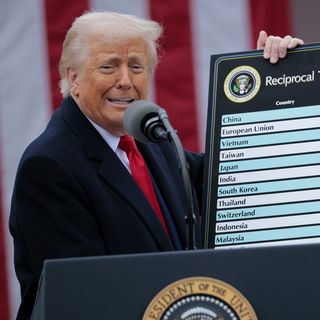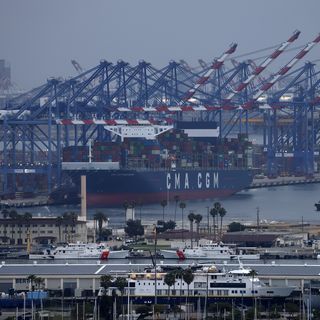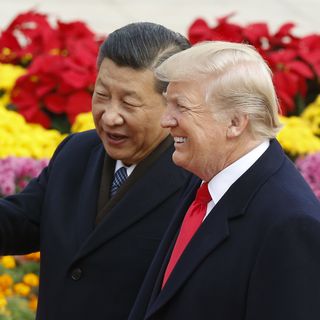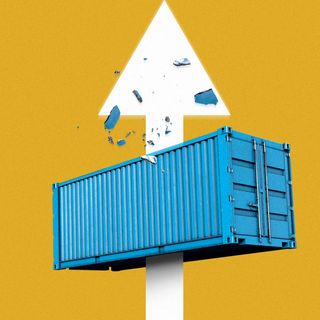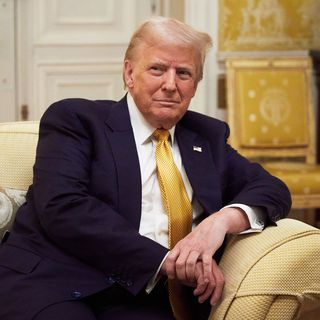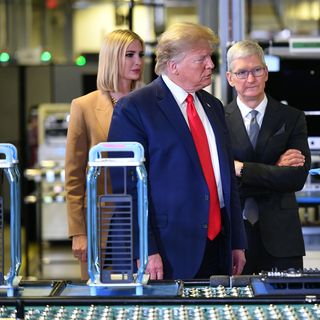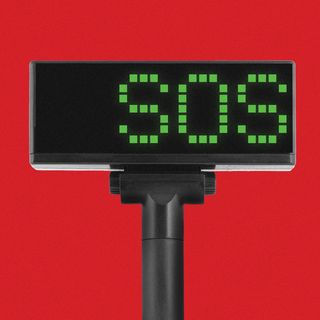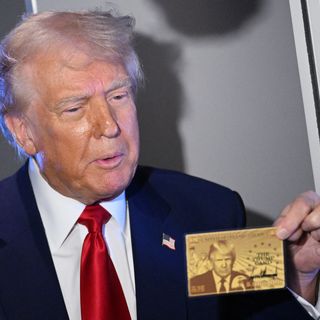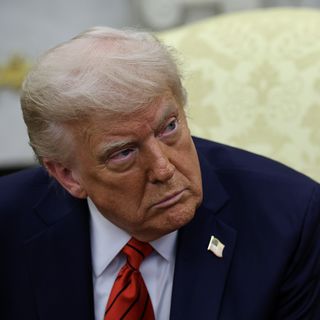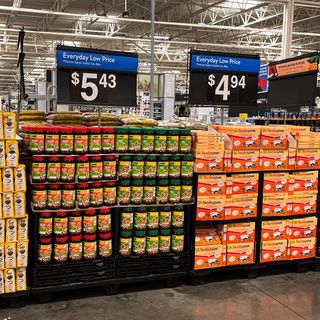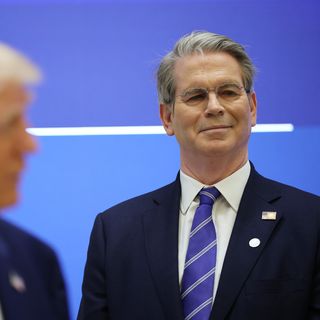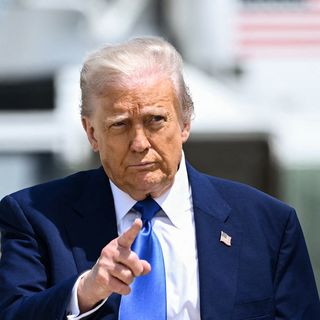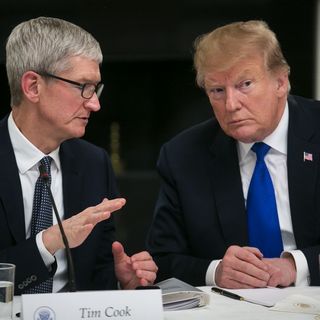What to know about tariffs: Key deadlines and rules
A series of milestone events in coming days will determine the course of the trade war.
Why it matters: That in turn will decide the fate of not only the U.S. economy, but the world's.
This is what you need to know about the days ahead.
What are the major tariff deadlines?
What to watch: There are key legal and diplomatic deadlines in coming weeks.
- June 4: The U.S. expects best and final offers from trade partners, reports say.
- June 5: The plaintiffs in the case that led to tariffs being struck down by the Court of International Trade have to file their papers with a federal appellate court, explaining why they oppose a motion to stay the trade court's ruling.
- June 9: The government has to file a reply to those papers, after which time the appellate court could rule on issuing a stay or not.
- End of June: President Trump has flagged the end of this month as possible timing for new tariffs that would affect cell phone makers like Apple and Samsung.
- July 8: For most nations, this is the end of the 90-day pause on the sweeping global reciprocal tariffs that Trump imposed in early April, and then froze a week later.
- July 9: The end of that pause for the European Union.
- July 14: The EU will impose retaliatory tariffs on U.S. goods "if negotiations are not satisfactory," the bloc's top official said.
- August 12: The end of a 90-day pause on retaliatory tariffs against China.
- August 31: The end of an extension on long-standing exclusions for certain products from China tariffs.
What tariffs are in place now?
Zoom out: For now, all of the tariffs Trump previously imposed are still in effect, including a 10% global baseline tariff and additional levies on certain countries and sectors.
- The U.S. Court of Appeals for the Federal Circuit temporarily stayed the Court of International Trade's ruling throwing out the tariffs Trump imposed under the 1977 International Emergency Economic Powers Act, or IEEPA.
- That ruling did not affect tariffs previously imposed on sectors like steel and aluminum, which were implemented under a different authority.
Can Trump impose tariffs in other ways?
Zoom in: If the trade court's ruling striking down the IEEPA tariffs ends up standing, the administration has a variety of other levers it can pull to impose tariffs, though some are more time-consuming than what Trump has done thus far.
- Section 232 tariffs are sectoral levies imposed in the interests of national security; they require studies first to determine impacts.
- Section 301 tariffs are designed to respond to the unfair practices of foreign governments that put burdens on U.S. commerce. These also require an assessment process.
- Section 338 tariffs date to 1930s-era trade law and give the president wide latitude to impose levies on other countries, with fewer restrictions or preliminary requirements.
What they're saying: "We're very, very confident that Plan A is all we're ever going to need," National Economic Council director Kevin Hassett told ABC last weekend, referring to the IEEPA tariffs.
- But failing that, he said administration officials have been working on alternatives since 2017.
Editor's note: This story has been updated to correct the expected date of best and final trade offers to June 4 (not June 3).


